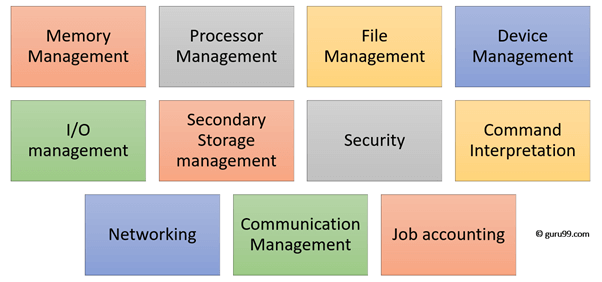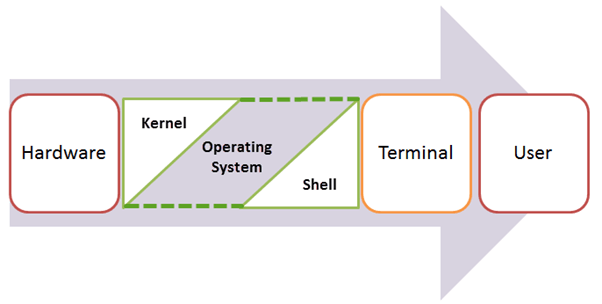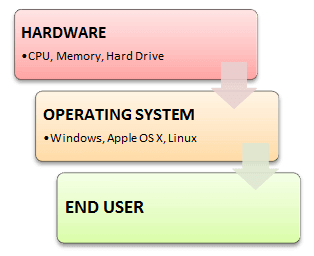 Number system
Number system
Ø
Positional number
system
In a positional number system, there are
only a few symbols called digits. These symbols represent different values,
depending on the position they occupy in a number. The value of each digit in
such a number is determined by three consideration:
1. The digit itself
2. The position of the digit in the number, and
3. The base of the number system (where base is
defined as the total number of digits available in the number system).
§
Binary number system
Binary number system, in mathematics, positional numeral
system employing
2 as the base and
so requiring only two different symbols for its digits, 0 and 1, instead of the
usual 10 different symbols needed in the decimal system. The numbers from 0 to 10 are
thus in binary 0, 1, 10, 11, 100, 101, 110, 111, 1000, 1001, and 1010. The
importance of the binary system to information theory and computer technology derives mainly from the
compact and reliable manner in which 0s and 1s can be represented in
electromechanical devices with two states—such as “on-off,” “open-closed,” or
“go–no go.”
§
Octal number system
Octal Number System is one the type of
Number Representation techniques, in which there value of base is 8. That means
there are only 8 symbols or possible digit values, there are 0, 1, 2, 3, 4, 5,
6, 7. It requires only 3 bits to represent value of any digit. Octal numbers
are indicated by the addition of either an 0o prefix or an 8 suffix.
Position of every digit has a weight which
is a power of 8. Each position in the Octal system is 8 times more significant
than the previous position, that means numeric value of an octal number is
determined by multiplying each digit of the number by the value of the position
in which the digit appears and then adding the products. So, it is also a
positional (or weighted) number system.
§
Decimal number system
If the Base value of a number system is 10,
then it is called Decimal number system which has most important role in the
development of science and technology. This is the weighted (or positional)
number representation, where value of each digit is determined by its position
(or their weight) in a number. This is also known as base-10 number system which
has 10 symbols, these are: 0, 1, 2, 3, 4, 5, 6, 7, 8, 9. Position of every
digit has a weight which is a power of 10. Each position in the decimal system
is 10 times more significant than the previous position, that means numeric
value of a decimal number is determined by multiplying each digit of the number
by the value of the position in which the digit appears and then adding the
products.
§
Hexadecimal number system
Hexadecimal Number System is one the type of
Number Representation techniques, in which there value of base is 16. That
means there are only 16 symbols or possible digit values, there are 0, 1, 2, 3,
4, 5, 6, 7, 8, 9, A, B, C, D, E, F. Where A, B, C, D, E and F are single bit
representations of decimal value 10, 11, 12, 13, 14 and 15 respectively. It
requires only 4 bits to represent value of any digit. Hexadecimal numbers are
indicated by the addition of either an 0x prefix or
an h suffix.
Position of every digit has a weight which
is a power of 16. Each position in the Hexadecimal system is 16 times more
significant than the previous position, that means numeric value of an hexadecimal
number is determined by multiplying each digit of the number by the value of
the position in which the digit appears and then adding the products. So, it is
also a positional (or weighted) number system.
Ø
Non positional number
system
In this system, we have symbols such as Ī
for 1, ĪĪ for 2, ĪĪĪ for 3, etc. Each symbol represents the same value
regardless of its position in a number, and to find the value of a number, one
has to count the number of symbols present in the number. Since it is very
difficult to perform arithmetic with such a number system, positional number
system were developed.





